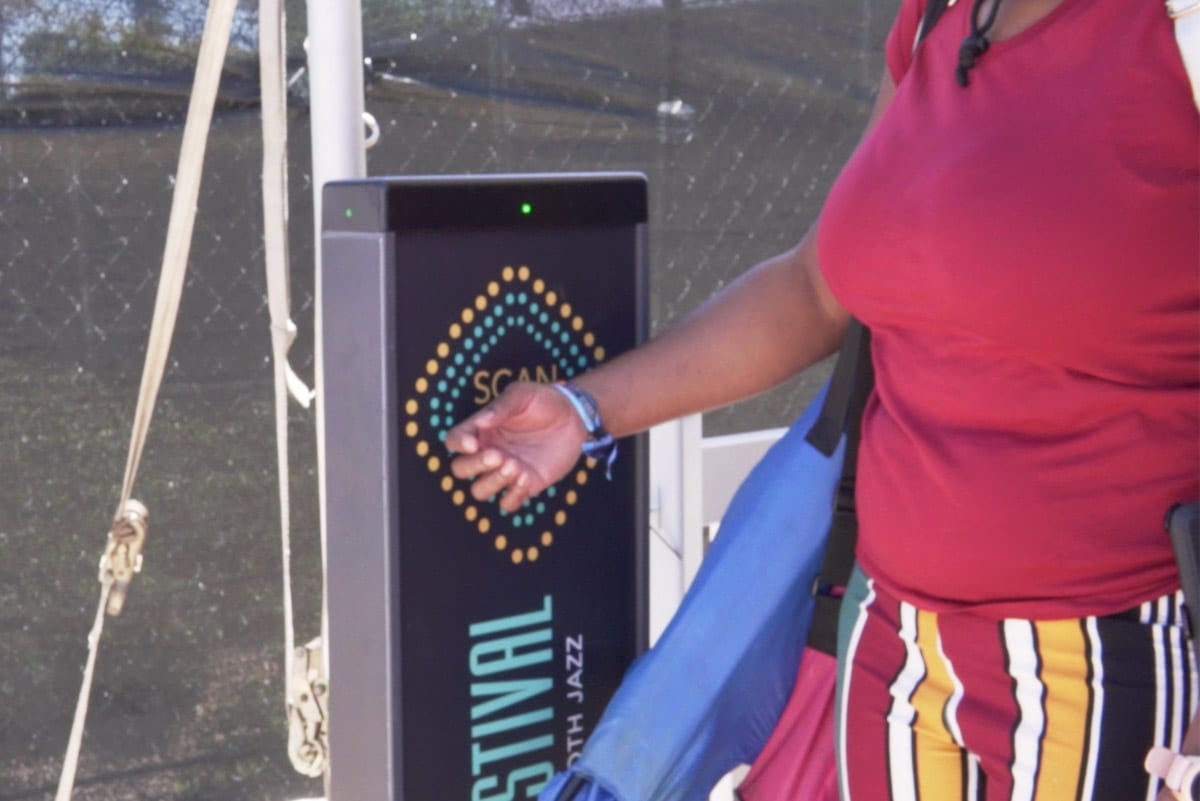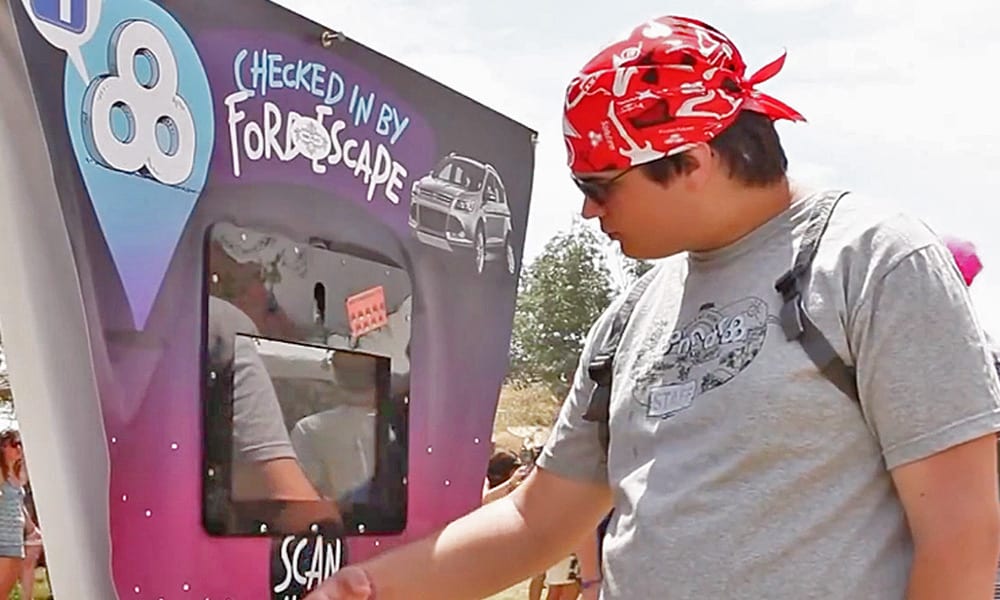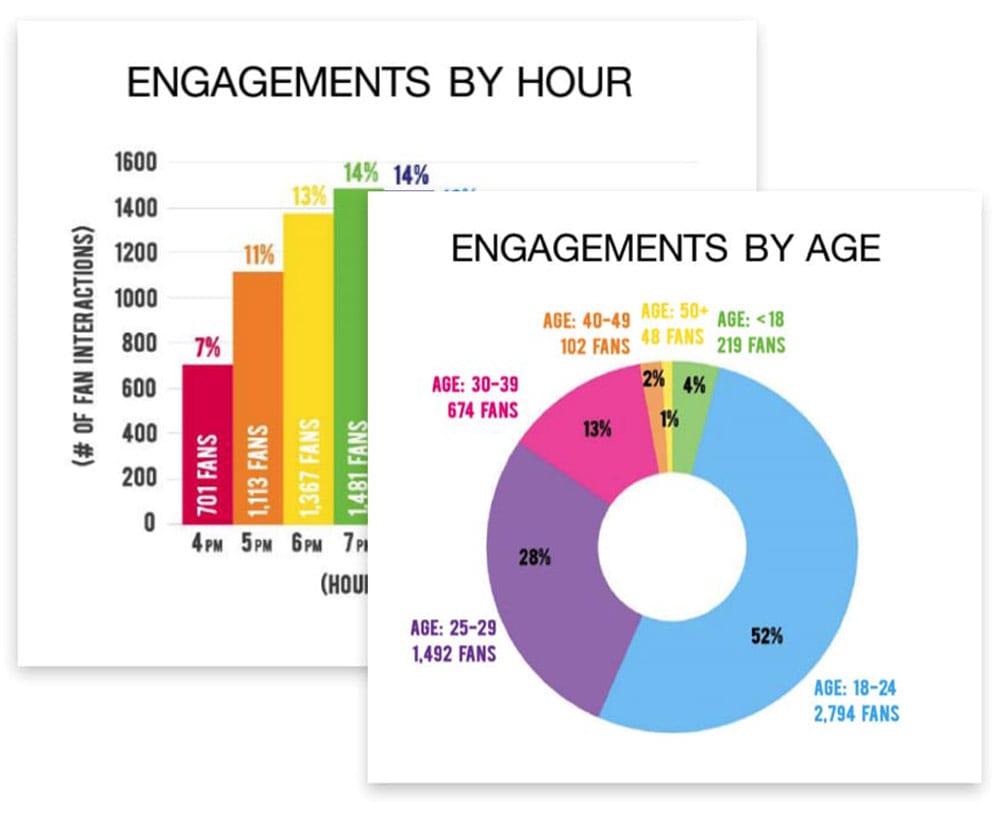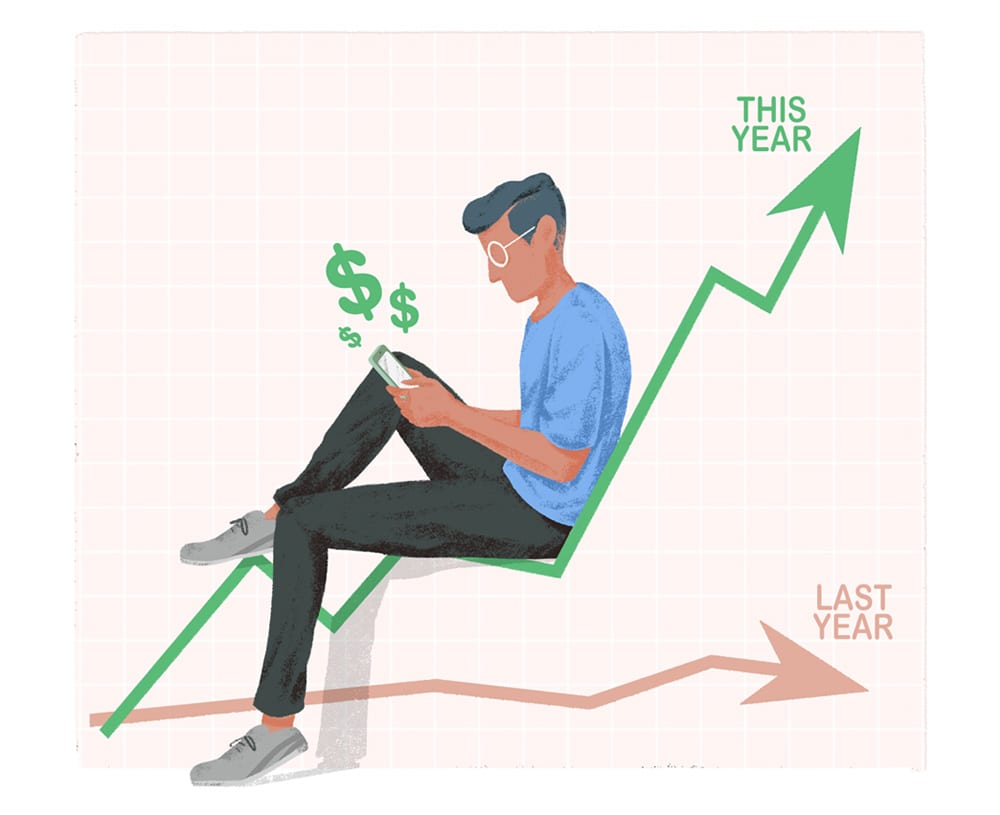Did you know that 98 percent of event attendees are more likely to purchase a company’s product after an experiential event? Or that 93 percent of customers reported that brand experiential events are more influential than the internet or TV advertisements? Or that 91 percent of experiential event attendees report feeling an increased connection and a more positive feeling towards the brand after the event?
Experiential events are powerful for businesses. These events help companies build their brand awareness while increasing their customer satisfaction and revenue.
To help you unleash the full power of experiential events we have created this guide. Check it out.
What is Experiential Marketing?
To understand experiential events, you need to understand what experiential marketing is. Experiential marketing is a two-way branded communication between a company and a customer. This communication is advertised to the customer is an interactive, engaging way. Because research has shown that consumers remember 90 percent of what they do, but only 10 percent of what they read, experiential marketing has become the way most businesses market to their customers.
What are Experiential Events?
An experiential event, also known as an experiential marketing event, is an event that focuses on hands-on, live, and immersive experiences that help deliver a brand’s message to attendees while creating memorable experiences for them. The goal is to create a connection and long-lasting, positive brand understanding with customers through an experience.
How to Unleash the Power of Experiential Events
1. RFID Wristbands
RFID wristbands have become a must-have at events, and experiential events are no exception.

At your next event, RFID wristbands can be given to your attendees and be used to collect event data. RFID wristbands can collect information like the number of attendees at your event, the most visited stand or experience, and attendees’ engagement levels. In addition, attendees can also use RFID wristbands to share their information (e.g. contact information, email address) with other attendees or with the company to eliminate filling out forms and sitting in long check-in lines.
Using RFID wristbands not only to increase attendee satisfaction by, for instance, eliminating long lines, but also collects invaluable event information that companies can use to understand their customers, which can be used to help them build a better future marketing campaign.
2. Engage Attendees’ Five Senses
Another way companies can unleash the full power of experiential events is by engaging their attendees’ five senses.

Because these events aim to engage and immerse attendees in a branded experience, companies need to engage all of their attendees’ senses–sight, sound, touch, taste, smell. For instance, companies can add gamification techniques, like scavenger hunts, or plug-and-play activations, like photo booths, photo contests, and social media check-ins to engage attendees’ senses. Companies can also add wow-features, like augmented and virtual reality technology (e.g. VR headsets). AI and VR technology will not only wow and engage your event attendees, but they can also be used to create immersive, personalized product demos for your attendees.
By engaging your attendees’ five senses with the help of some wow-factors and technology, companies can capture the attention of their attendees and create memorable branded-experiences.
3. Collect & Analyze Real-time Attendee Data
Because experiential events are all about engaging with customers to better understand them, data collection is key. Using an event data collection platform, companies can track and collect all the experiential event touch points.

For instance, some event data collection platforms not only provide companies with digital reportings of audience engagement, demographic profiles, and robust lead generation information but also give companies real-time access to attendee data. Having this real-time attendee data grants companies the ability to make real-time changes to their event to increase engagement and attendee satisfaction.
By collecting data from your event companies will gain a better understanding of their customers and be able to improve how they engage with their customer base and host future events.
4. Use Experiential Data to Increase Future Sponsorship Revenue
Because experiential events tend to be expensive, it is important to secure sponsorships and capitalize on sponsorship revenue. After collecting and analyzing real-time attendee data from your experiential event, companies can use this data to increase future sponsorship revenue.

For instance, thanks to your event data collection platform, you can show your sponsors rich experiential event data that highlights high attendee engagement, attendee satisfaction, and clear insights on ROI.
This event data will not only show sponsors that you understand your customers, but it will also serve as a justification for paying a premium for your sponsorships.
Conclusion
No matter what the size of your company or industry you are in, experiential events can help you tackle your marketing goals. Not only do experiential events immerse your audience in a branded experience, but also 95 percent of attendees report that experiential live events provided them with the opportunity to form priceless, in-person connections. By hosting experiential events, companies forge real, emotional connections with customers.
Want to learn more about navigating live events? What about learning more about securing the best sponsorship? Download our free guide here.


